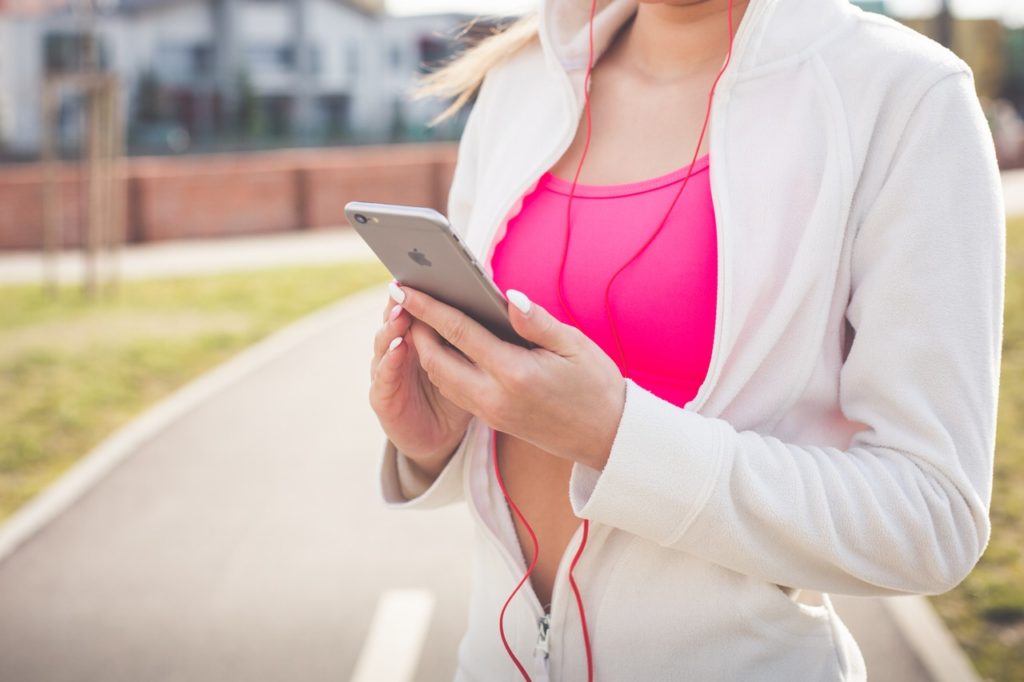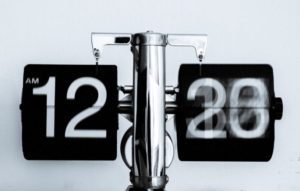
Recently I was scrolling through Facebook and happened upon a strange video of a man painting a canvas yellow, holding his head oddly close to the brush as he painted. After watching the video for a while I decided to turn the sound on, and was shocked to find that the man was screaming into the paint. Without sound the video made no sense, with sound it made more sense (at least in terms of why his face was so close to the canvas). There’s two lessons to be learned from this: the first is that sound can play a huge part in videos and the second is that videos that depend on sound can miss out on an audience due to that dependence on sound. (check this video out here ) Videos that rely on sound are suffering on social media, due to that reliance.
Video is the latest craze in social media. Video content has the best ROI, and is being introduced and improved on many social platforms including Facebook, Instagram and Whatsapp. But just making video content isn’t enough, if your video content depends on the audience listening as well as watching you’re in for a big surprise. 85% of Facebook video content is watched without the sound on. This isn’t due to an active deaf community on Facebook, it’s due to our modern relationship to technology.
Consider that most users are mobile users, 56.6%, access Facebook on a mobile device rather than a computer, and 75% of video views on Facebook come from mobile devices. This indicates that many are checking Facebook while out and about living their lives. Whether you’re on the bus or waiting in line at the bank, checking Facebook is a great way to entertain yourself. Watching a video with sound requires either headphones or annoying everyone around you. And even when users are wearing headphones it would mean turning off whatever they’re already listening to to listen to a video. Most users are not willing to turn sound on. And since Facebook videos start playing (without sound) automatically being able to grab and hold onto your audience’s attention without sound can make a huge difference in the success of your content.
Watching videos without sound has become so common that captioning a video “turn sound on for this” for videos that need sound is growing trend, like the scream-painting video. Media outlets like Mic use videos with text on-screen paired with background music, so the video can communicate its message without sound but with sound turned on, you have the added treat of complimentary music.
Planning for soundless viewing can actually be a blessing. No need to record voice narration with expensive sound equipment in a perfectly quiet room. Instead, great video content can be created with beautiful visuals and a little typing.
I’m going to end this post with a few tips for soundless videos: First, make sure the visuals are interesting, attention grabbing images with easy to read fonts to help grab and keep the audience’s attention. Then, remember to be short and sweet a long video is likely to lose viewers part way through so try and get your message across without wasting your audience’s time with unrelated information or visuals. And of course, remember to keep the quality as high as you can get it.
*In February 2017 Facebook announced they would slowly roll out facebook videos automatically playing with sound, this feature will gradually roll out over the course of 2017. Have videos in your news feed begun playing with sound? Let me know in the comments!

